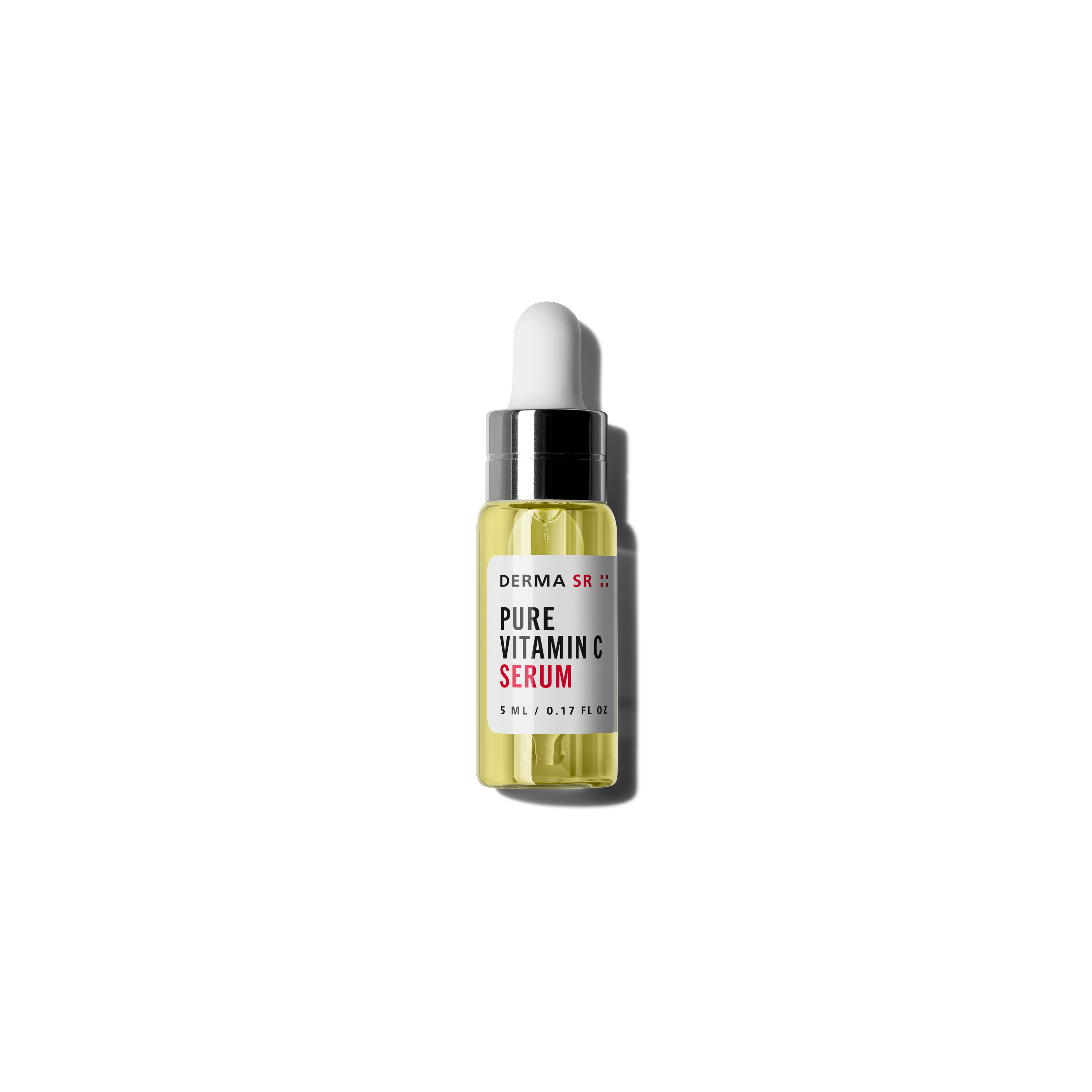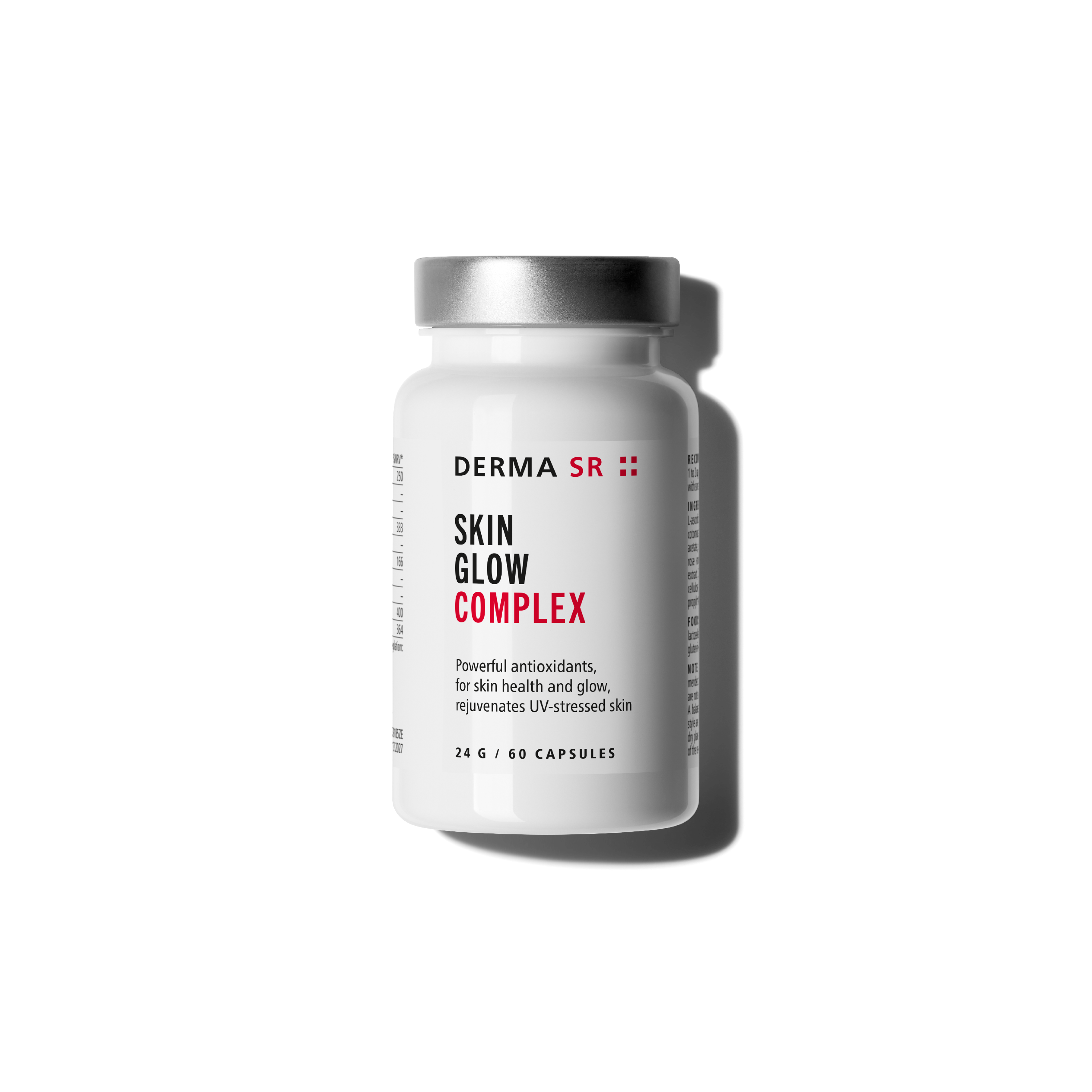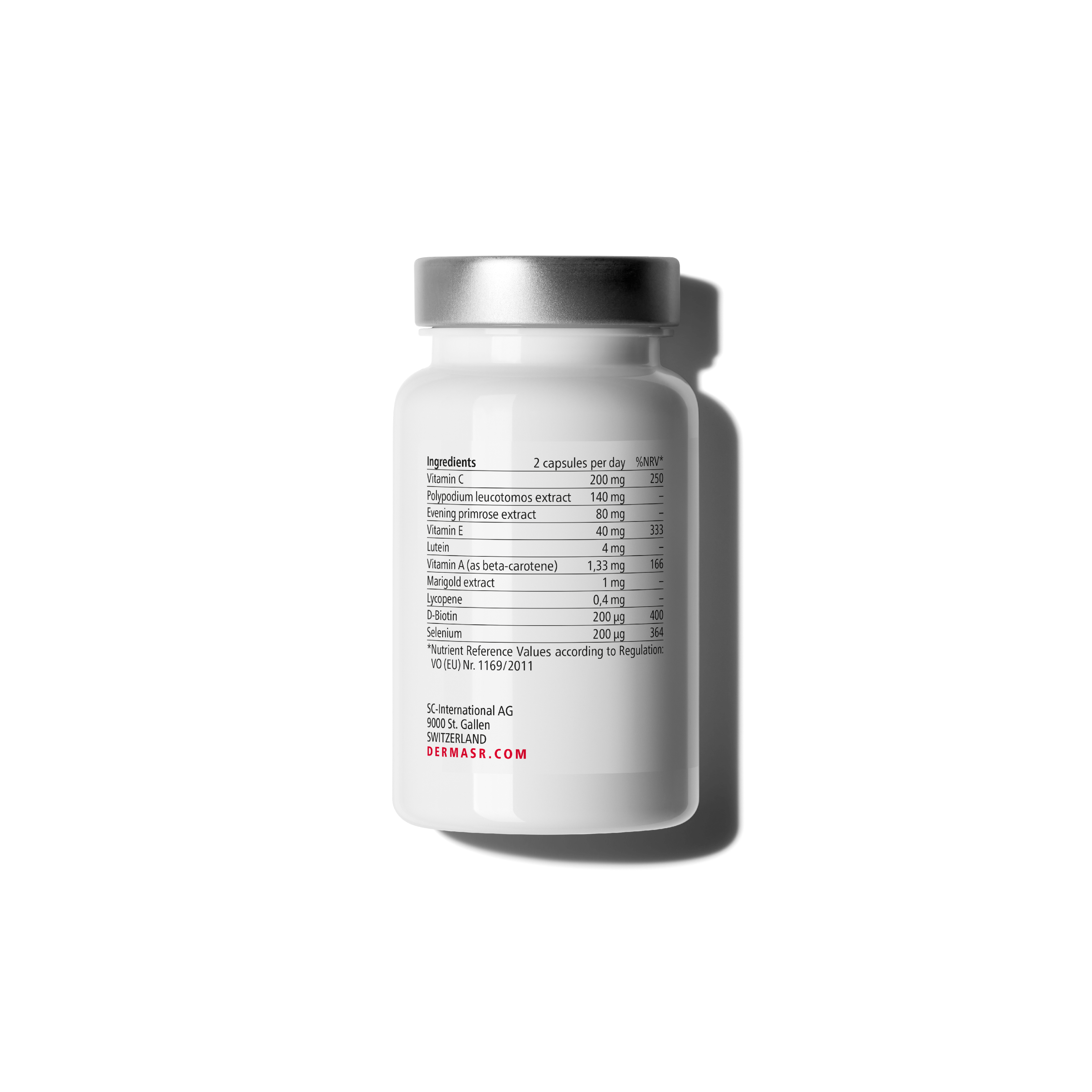
Vitamin C: Three Forms, One Goal – Radiant, Beautiful Skin
Vitamin C is a true multitasker in skincare – and in the Derma SR line, it’s used in three high-performance derivatives, each perfectly suited for a specific application: topical, intensive, or internal.
- SODIUM ASCORBYL PHOSPHATE
Found in its highest allowed cosmetic concentration of 3 % (International Journal of Toxicology, 2005) in products such as the Pure Vitamin C Serum it is a highly stable derivative that works gently yet effectively over time. This makes it particularly well tolerated by sensitive skin types (Smaoui & Hilima, 2013). It boosts collagen production, protects against oxidative stress, and helps clarify the complexion – ideal in combination with device-based treatments like dermaneedling. - 3-O-ETHYL ASCORBIC ACID
The key ingredient in the Vitamin C Repair Fluid is a highly potent and long-acting derivative (Golonka et al., 2017) known for its powerful brightening effects and excellent skin penetration (Iliopoulos et al., 2019). The 20 % formulation delivers visible smoothing, protection against pigmentation, and a radiant glow – perfect for mature, uneven, or sun-damaged skin. - L-ASCORBIC ACID
In the Skin Glow Complex, L-Ascorbic Acid, the active, pure form of Vitamin C, is used – ideal for oral supplementation. In combination with antioxidants like Polypodium leucotomos, it protects the skin from UV-induced aging from within, improves elasticity, and supports cell regeneration (Ravetti et al., 2019).
Conclusion:
Whether as a stable skincare option for sensitive skin, a high-dose antioxidant in advanced cosmetic treatments, or a systemic defense from within – each of these three forms of Vitamin C offers distinct benefits. And they all have one thing in common: visible results for healthy, even-toned, glowing skin.
Final Report of the Safety Assessment of L-Ascorbic Acid, Calcium Ascorbate, Magnesium Ascorbate, Magnesium Ascorbyl Phosphate, Sodium Ascorbate, and Sodium Ascorbyl Phosphate as Used in Cosmetics1. International Journal of Toxicology. 2005;24(2_suppl):51-111. doi:10.1080/10915810590953851
Smaoui, S., and Hilima, H. B. Application of l-ascorbic acid and its derivatives (sodium ascorbyl phosphate and magnesium ascorbyl phosphate) in topical cosmetic formulations: stability studies. Pakistan: N. p., 2013. Web.
Golonka, I., Oleksy, M., Junka, A., Matera-Witkiewicz, A., Bartoszewicz, M., & Musiał, W. (2017). Selected Physicochemical and Biological Properties of Ethyl Ascorbic Acid Compared to Ascorbic Acid. Biological and Pharmaceutical Bulletin, 40(8), 1199–1206. doi:10.1248/bpb.b16-00967
Fotis Iliopoulos, Bruno C. Sil, David J. Moore, Robert A. Lucas, Majella E. Lane, 3-O-ethyl-l-ascorbic acid: Characterisation and investigation of single solvent systems for delivery to the skin, International Journal of Pharmaceutics: X, Volume 1, 2019, 100025, ISSN 2590-1567, https://doi.org/10.1016/j.ijpx.2019.100025.
Ravetti, S., Clemente, C., Brignone, S., Hergert, L., Allemandi, D., & Palma, S. (2019). Ascorbic Acid in Skin Health. Cosmetics, 6(4), 58. https://doi.org/10.3390/cosmetics6040058







